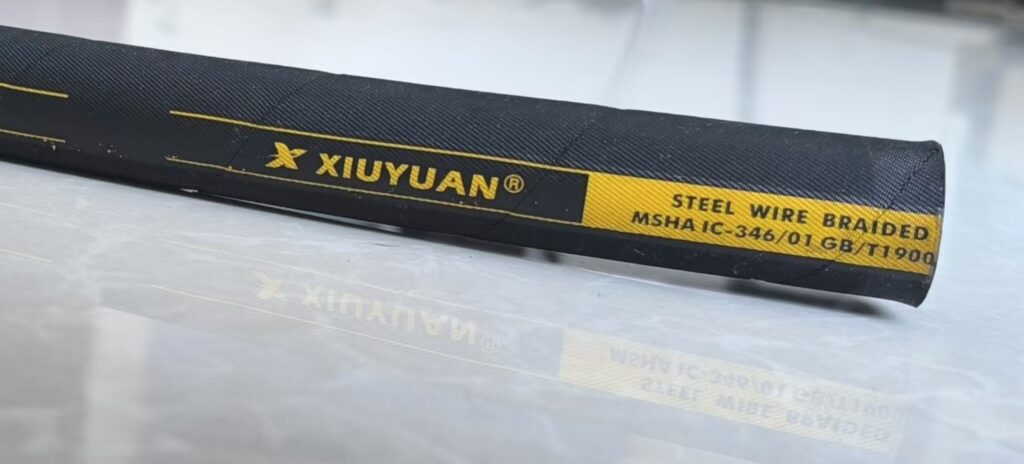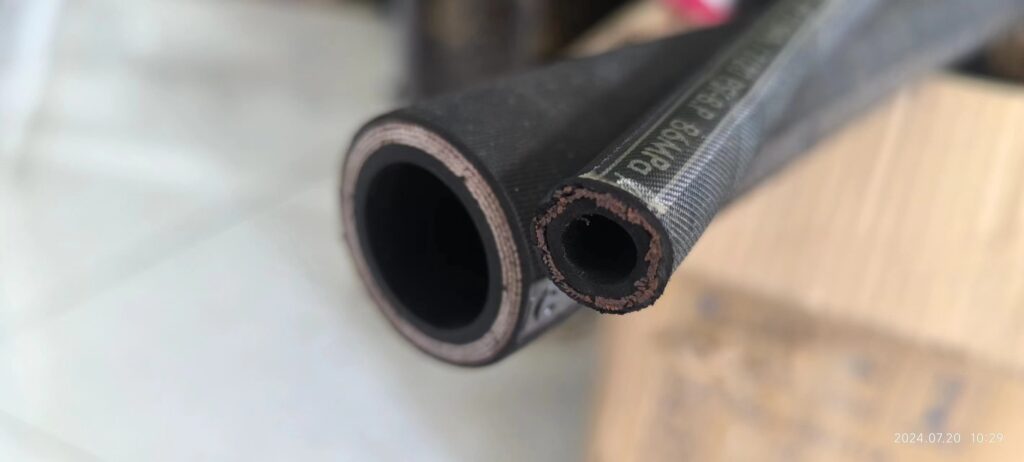Introduction:
Hydraulic hoses are vital components of various industrial machinery, enabling the transmission of fluid power in a wide range of applications. From heavy machinery to automotive systems, these hoses play a crucial role in maintaining the efficiency and safety of hydraulic systems. However, the reliability and performance of hydraulic hoses can deteriorate over time due to various factors, such as wear and tear, extreme temperatures, and pressure fluctuations. To ensure the integrity of hydraulic hoses, regular testing is essential. This article provides a comprehensive guide to hydraulic hose testing, highlighting the importance of testing and discussing different testing methods and standards.
Importance of Hydraulic Hose Testing:
a. Ensuring Safety: Faulty hydraulic hoses can lead to leaks, bursts, or other failures, jeopardizing both equipment and personnel safety. Testing helps identify potential issues before they result in catastrophic failures.
b. Enhancing Reliability: Regular testing helps identify hoses nearing the end of their service life and enables timely replacements, minimizing the risk of unexpected failures and costly downtime.
c. Compliance with Standards: Various industry standards and regulations mandate hydraulic hose testing to ensure adherence to safety guidelines and quality assurance.
Common Testing Methods:
a. Visual Inspection: The first step in testing involves a visual examination of the hose for any signs of external damage, such as cracks, abrasions, or bulges.
b. Pressure Testing: This method involves subjecting the hydraulic hose to specified pressures to check for leaks, hose expansion, or other weaknesses. Two common pressure testing techniques are hydrostatic and pneumatic testing.
c. Burst Testing: Burst testing involves subjecting the hose to pressure until it fails, determining the maximum pressure it can withstand. This test is crucial for assessing hose strength and its ability to handle pressure spikes.
d. Impulse Testing: Impulse testing simulates real-world conditions by subjecting the hose to alternating pressure cycles to evaluate its durability and resistance to fatigue.
Testing Standards and Guidelines:
a. SAE J517: The Society of Automotive Engineers (SAE) provides standards for hydraulic hose assemblies, including testing requirements for pressure, temperature, and compatibility.
b. ISO 6803: This international standard outlines methods for testing rubber or plastics hoses under steady pressure conditions, including burst and impulse tests.
c. EN 853 and EN 854: European standards specify the requirements for rubber hoses and hose assemblies, covering pressure, temperature, and electrical conductivity tests.
Frequency and Documentation:
a. Recommended Testing Frequency: The frequency of hydraulic hose testing depends on factors such as operating conditions, application, and industry standards. Regular inspections and testing should be conducted as part of a proactive maintenance program.
b. Documentation: Maintaining detailed records of testing results, including date, testing method, and observed defects or failures, is crucial for traceability, compliance, and identifying trends.
Conclusion:
Hydraulic hose testing is a critical aspect of ensuring safety, reliability, and compliance within hydraulic systems. By conducting thorough inspections and employing appropriate testing methods, including pressure, burst, and impulse testing, organizations can identify potential issues, prevent failures, and extend the lifespan of their hydraulic hoses. Adhering to industry standards and maintaining comprehensive documentation further enhances accountability and safety. By prioritizing hydraulic hose testing, businesses can minimize the risks associated with equipment failure, improve operational efficiency, and protect both their assets and personnel.





